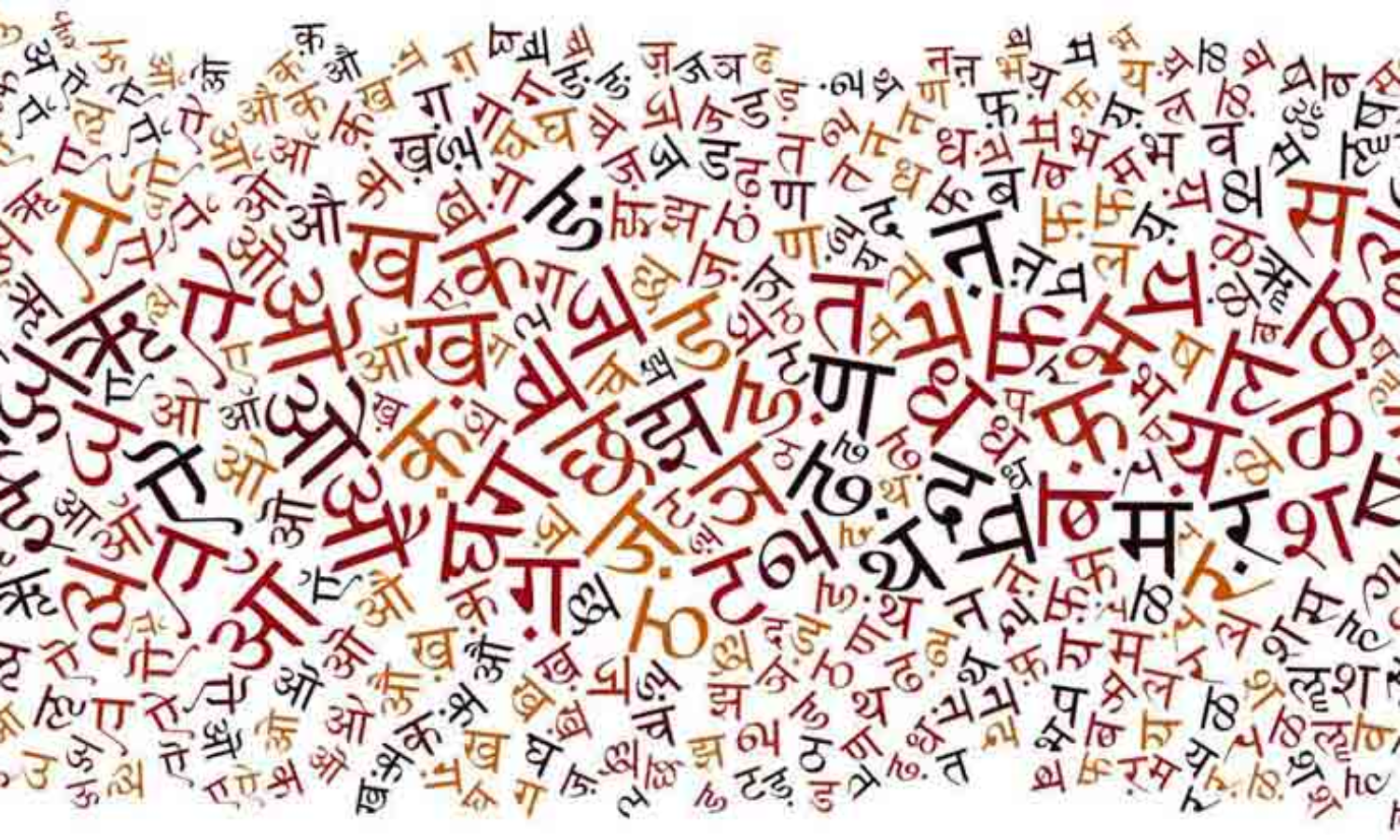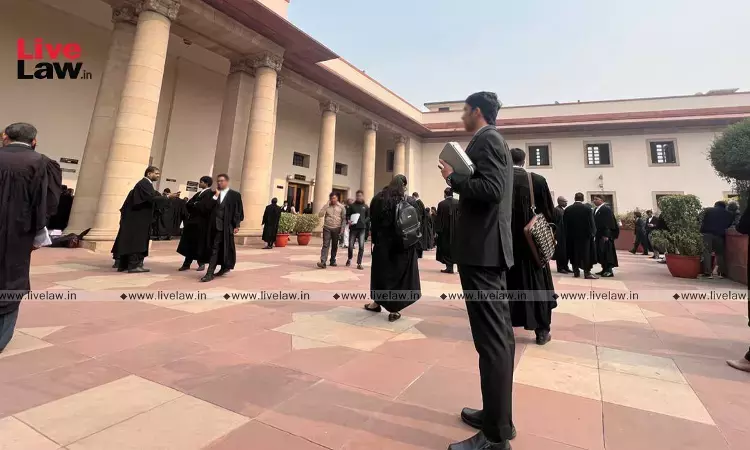
India is a land of diversity comprising of individuals from different communities, backgrounds, religions etc. What one eats, how one speaks, differs from region to region. In this diversity, we Indians often look for symbols and objects that unite us. The national anthem, national animal, national song, national flower are pertinent examples. It is famously said, that in India...
India is a land of diversity comprising of individuals from different communities, backgrounds, religions etc. What one eats, how one speaks, differs from region to region. In this diversity, we Indians often look for symbols and objects that unite us. The national anthem, national animal, national song, national flower are pertinent examples. It is famously said, that in India language changes every few kilometres just like the water. Therefore, unlike the other national symbols the choice of a 'national language' for India has been difficult and has witnessed violence and heated debates.
The governments in power have time and again reiterated that 'Hindi' is the national language of India. For instance, in 2017, Vice President Venkaiah Naidu, called Hindi the national language of India, in a public address. Same year, the government attempted to institute Hindi as a language of the United Nations. In 2018, the Ministry of Human Resource Development issued directives to all the central universities to implement Hindi as a compulsory course in the bachelor programmes.
India does not have a national language and therefore, calling Hindi (an official language) as one is not only against the law but is also against the interests of the regions where the language is not spoken. In the present post, I aim to prove the same. The post shall briefly highlight the discussions surrounding Hindi in the Constituent Assembly and its eventual position in the Constitution. This shall be followed by addressing the controversy around calling Hindi as the national language.
At the outset, a brief discussion on the difference between a 'national language' and an 'official language' would be beneficial. A 'national language' is representative of the country, its cultural heritage and history. It gives the impression that citizens of the country know and speak that language. An 'official language' on the contrary is used for the official purposes of the Union and the state governments i.e. government documents, parliamentary/state debates etc. A country can have more than one official language, however national language is one.
The administration in India was run in the English language under the British rule. The Constituent Assembly had the task of deciding whether to continue the same or abandon it for a different language, primarily Hindi. The discussions around the same were extremely heated.
Mahatma Gandhi during the freedom struggle had described Hindi as the national language and called for its adoption. He understood Hindi as Hindustani i.e. a blend of both Sanskritised Hindi and Persianised Urdu, written either in Devanagari or the Persian script. His opinion resonated with the Constituent Assembly as well.
However, with the partition of India the cause of Hindustani was lost, though Mahatma Gandhi believed that a language which was spoken by the largest group of people should be adopted. Hindi although spoken by the largest single group of people, was not spoken in all parts of the country. Therefore adopting the same would have seemed like an imposition on the others.
The Assembly was divided on this issue and it seemed that this debate would result in breaking down of the Assembly's unity. Therefore, a compromise called the 'Munshi-Ayyangar' formula was evolved and accepted. It stated that for a period of 15 years, English would continue to be used for all official purposes and the parliament could substitute it later with Hindi.
B. Constitution of India and Hindi:
The Munshi-Ayyangar formula was incorporated in the Constitution under Part XVII, Chapter I. It provided for Hindi in Devanagari Script as the Official Language of the Union (central government). However, the use of English for the first 15 years was allowed (with an option of a further extension) for a smooth transition.
In 1965, as the period of 15 years drew closer, proposals to substitute Hindi in place of English were raised and met with threats of violent disturbances in the southern states of India. In response, Prime Minister Jawaharlal Nehru gave an assurance that English would not be substituted by Hindi, until the non-Hindi speaking people desire a change. To that effect, the government passed the Official Languages Act, 1963 which authorised the continuance of English as an official language, in addition to Hindi. Therefore, both Hindi and English became official languages of India.
In addition to the above, the Constitution allows the states to adopt one or more language (i.e. the language used in the state or Hindi), as the official language. Citing the Article, the state of Uttar Pradesh designated Hindi as its official language (vide the Uttar Pradesh Official Language Act, 1951).
It should be noted that despite the Constitution stressing on the progressive use of Hindi for all official purposes (Art.344), the language of the Constitutional Courts (i.e. High Court and the Supreme Court), the language of any legislative document in the Union/state (Art.348) and the language for communication between two states or a state and the Union, is provided to be English (Art. 345).
In a nutshell, the Union government has to use English and Hindi for its official purposes, whereas the state governments are empowered to choose one or more official languages for the state. The Constitution vide the Eighth Schedule recognizes several regional languages which are spoken in India. The states may choose the languages mentioned in the Schedule as their official language.
C. Is Hindi a 'national language'?
Since, the Constitution is silent on a national language, the task to determine the same has fallen on the Courts. In this controversy, two competing arguments are raised i.e. the argument of unity and the argument of disadvantage to minorities. The side in favour of Hindi states that having a national language would unite the entire country, whereas the other side believes that imposition of Hindi would put non-Hindi speaking people at a great disadvantage. Additionally, the critics cite India's diversityto state that there is no single language spoken by the majority in India, then how can one language be the uniting factor.
The High Courts of Bombay (Bombay Education Society v. State, 1954 SCC OnLine Bom 26), Calcutta (West Bengal Board of Secondary Association v. Siliguri High School, 2003 SCC Online Cal 525) and Madhya Pradesh (Raghavendra Prasad v. Union Bank of India, 1998 SCC Online MP 177 at ¶ 1) have sided with the Unity argument and have remarked that Hindi is the national language of India. It should be noted however, that such remarks were made in passing, without a formal binding declaration and hence, are not binding.
On the other hand, the High Courts of Gujarat (Amrutlal Popatlal v. Chief Secretary, 2013 SCC Online Guj 5343), Karnataka (General Secretary, Linguistic Minorities v. State of Karnataka, AIR 1989 Kar. 226) and Patna (Jayakant Mishra v. State of Bihar, 2002 SCC Online Pat. 991) have sided with the diversity and the disadvantage arguments. In fact, in Amrutlal's case, the Court categorically rejected a petition, where a party had argued that Hindi was the national language of India.
The lack of a conclusive Supreme Court decision on the issue might raise questions, however, the decision in Amrutlal seems to be the most pertinent decision on the issue currently. Furthermore, the decisions against Hindi, are well reasoned and undertake a detailed discussion on the issue, giving them a higher persuasive value than the others. Therefore, in my opinion Hindi is merely an official language and not a national language.
Concluding Remarks:
If Hindi is declared as the national language, every citizen of the country would be required to learn the same. Such a situation would definitely benefit a north Indian (as Hindi is the most prominent language in the region) over citizens from the other regions, as the latter would be expected to learn a language from scratch. In effect, members of northern India would be placed at an advantage over the others, which is wrong. This concern of disadvantage is addressed with the use of English, as the same is a neutral language not attached to any region. Additionally, given the relevance of the language globally, its use benefits a developing country like India.
The governments continue to push for Hindi aggressively, a recent example of which is the controversial three language formula where the Union mandated teaching of Hindi in all government schools. Pt. Nehru had rightly said that Hindi should not be imposed till the non-Hindi speaking states agreed. However, despite their disagreement, the central governments have forcefully imposed Hindi on them.
Justice Dhavan in Jayakant Mishra's case had very aptly addressed this trend. He opined,
'Asserting the hegemony of Hindi and being belligerently pushing it under a misconception that it is the national language (rashtra bhasha) so ordained by the Constitution of India is the biggest misunderstanding and one solitary factor which contributes to discord with people of the nation where Hindi is not spoken. A person who does not speak Hindi is no less a nationalist than any other citizen who comes from a Hindi speaking State. That Hindi may be encouraged so that it becomes a standardised link language is another aspect. But, such an effort should not be pushed so far as to offend the sensibilities of other people of India who speak their languages and are equally proud of them. The Constitution of India balances with a sense of sensitivity and equality amongst the people to give due respect to ethnic identity of the peoples, their language and their culture. The Constitution of India speaks of a composite culture of the nation.'
It has been rightly said that India is like a beautiful carpet woven in a design that has a language of diverse cultural representations woven by knots tightly holding the entire fabric of the nation. The beauty of this carpet is besmirched if one culture or language is given more importance than the other. Instead, all languages should be treated with equal respect and promoted. A step towards it has been taken by the Supreme Court recently, where it made its judgments available not only in Hindi but also in other regional languages.
I hope that the government realises that the unique quality of India is its diversity. One should not be forced to learn a language, which she/he does not resonate with. Doing so would violate the constitutional principles, this nation stands for.
The author is a lawyer based in New Delhi. He graduated from National Law University, Jodhpur with a specialisation in Constitutional Law. The article was first published on the author's personal blog "The 'Basic' Structure".
(Cover image sourced from here)
[1] H. M. Seervai, Constitutional Law of India (4th e.d., vol.3) at ¶ 23.1 to 23.15.




